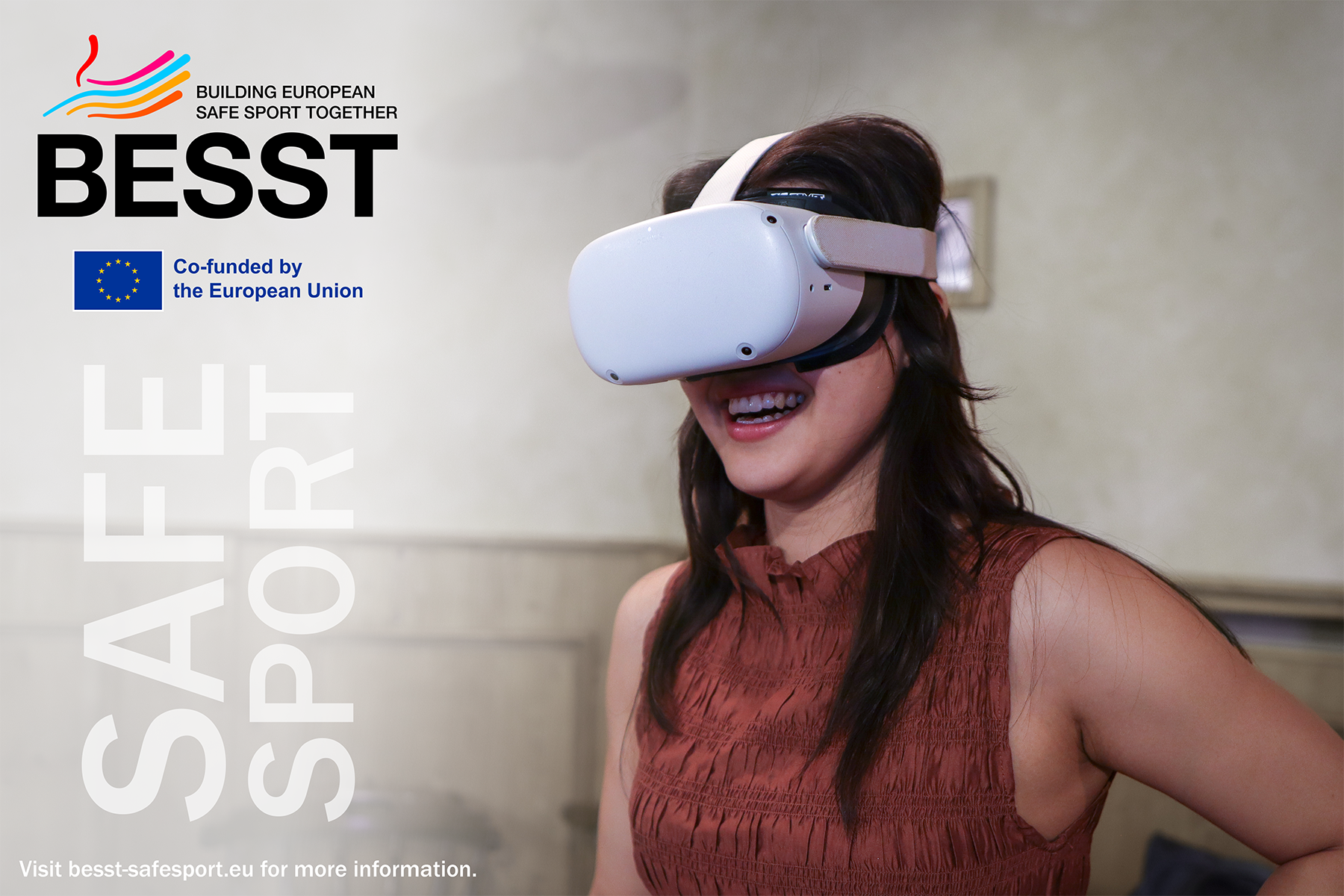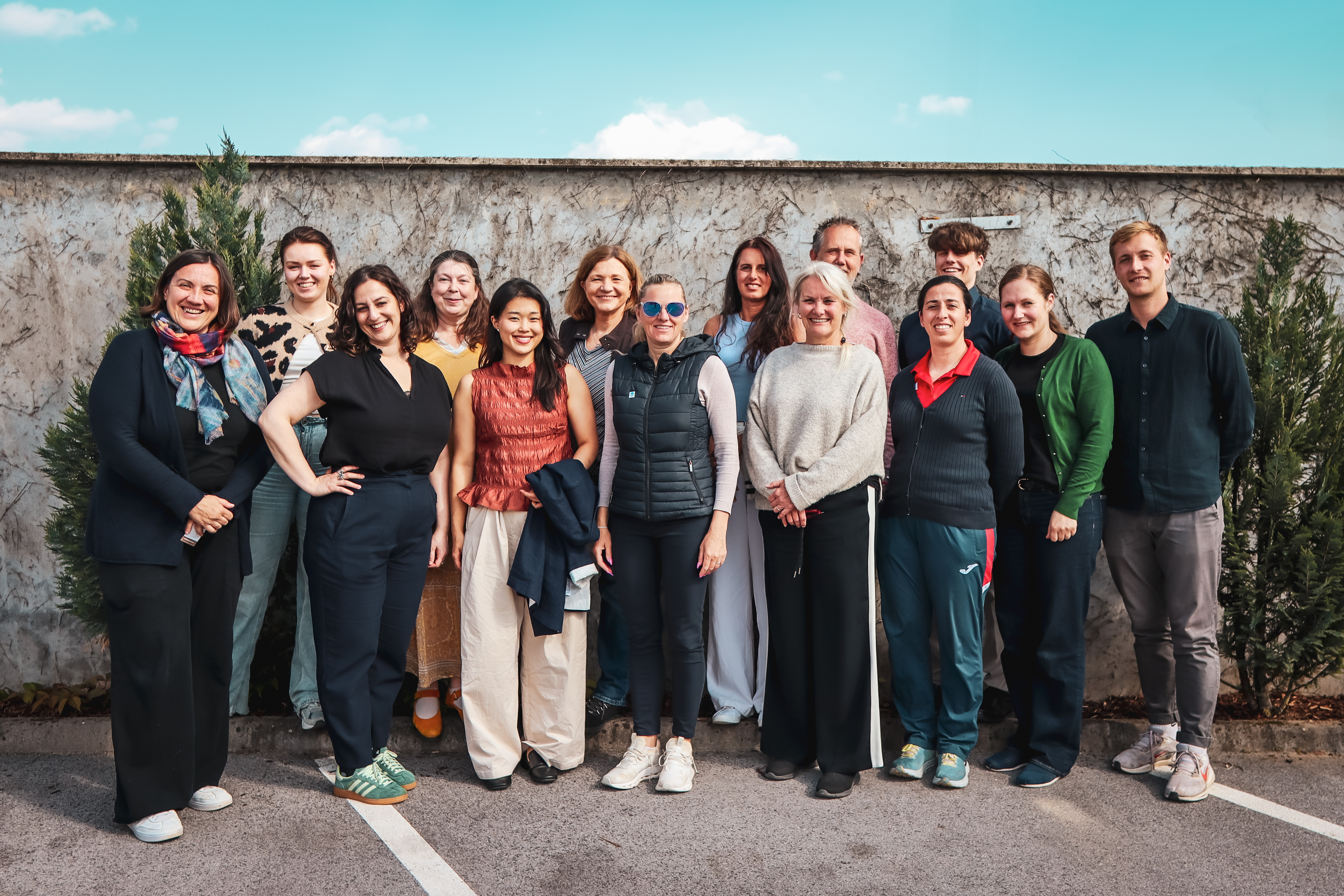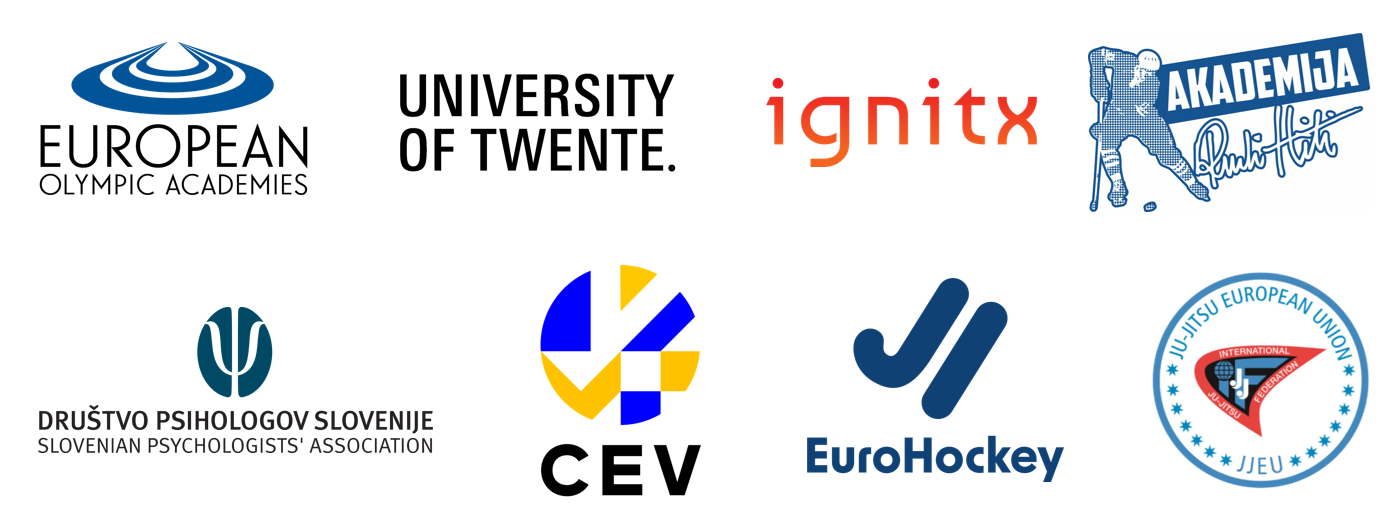Virtual reality to explore safeguarding in sport - BESST steps onto unseen grounds
News
Virtual reality (VR) already found its way into sports decades ago, particularly in areas such as injury prevention, rehabilitation, skill refinement, mental health, cognitive functioning, and psychological skill development. However, a preliminary literature review conducted as part of the Erasmus+ project Building European Safe Sport Together 2.0 (BESST 2.0) reveals a significant gap: the use of VR as a tool for education and the promotion of safeguarding in sport remains largely unexplored.

New potential for safe sport education
The BESST 2.0 initiative is tapping into this unrealised potential by exploring ways in which VR can be used to foster empathy and raise awareness of transgressive behaviour in sport. While research is sparse and inconclusive whether VR perspective-taking directly influences actual behaviour, the immersive nature of VR offers a unique and innovative way to present real-life scenarios and alternative behavioural responses in a psychologically safe and controlled environment.
BESST 2.0 project meeting in Ljubljana
This forward-thinking application of VR was the focus of the second project meeting of BESST 2.0, held in mid-May 2025 in Ljubljana, Slovenia. Hosted by the Slovenian Psychologists’ Association, the three-day event brought together all eight project partners – experts in the technology of VR, psychology, education, and high-performance sport – to discuss preliminary findings and test a VR experience firsthand.
A new era of experiential learning
BESST 2.0 aims to develop immersive, experiential learning opportunities that address transgressive behaviours in sport by placing users in virtual scenarios that encourage perspective-taking and strategic problem-solving. Designed primarily for elite athletes and their entourage, the three-year project will first develop these scenarios and translate them into VR modules. In the second phase, athletes and coaches across Europe will be invited to experience the VR training at selected events, allowing researchers to evaluate the effectiveness of this learning method.

Building on solid foundations
This work builds on the foundations laid by the original BESST 1.0 project (2023–2024), which created a unified definition of transgressive behaviour in sport, worked out safeguarding legal frameworks for national and local levels, and developed educational resources for sports organisations. These outputs are freely available on the BESST website to support the implementation of safer sport across Europe.
The project consortium
BESST 2.0 is backed by a diverse consortium of organisations: European Olympic Academies (project coordinator), University of Twente, IGNITX, EuroHockey, European Volleyball Confederation (CEV), Jiu Jitsu European Union (JJEU), Slovenian Psychologists’ Association, and Rudi Hiti Academy. Together, they bring extensive experience from the fields of VR technology, psychology, education in major sporting events, and sports governance at European, national, and local levels.
Get involved
Those interested in learning more about the project or exploring how to incorporate VR for safe sport training in their own events or educational programmes are encouraged to visit the project website besst-safesport.eu or contact the project coordinator at info@eoaolympic.org.
